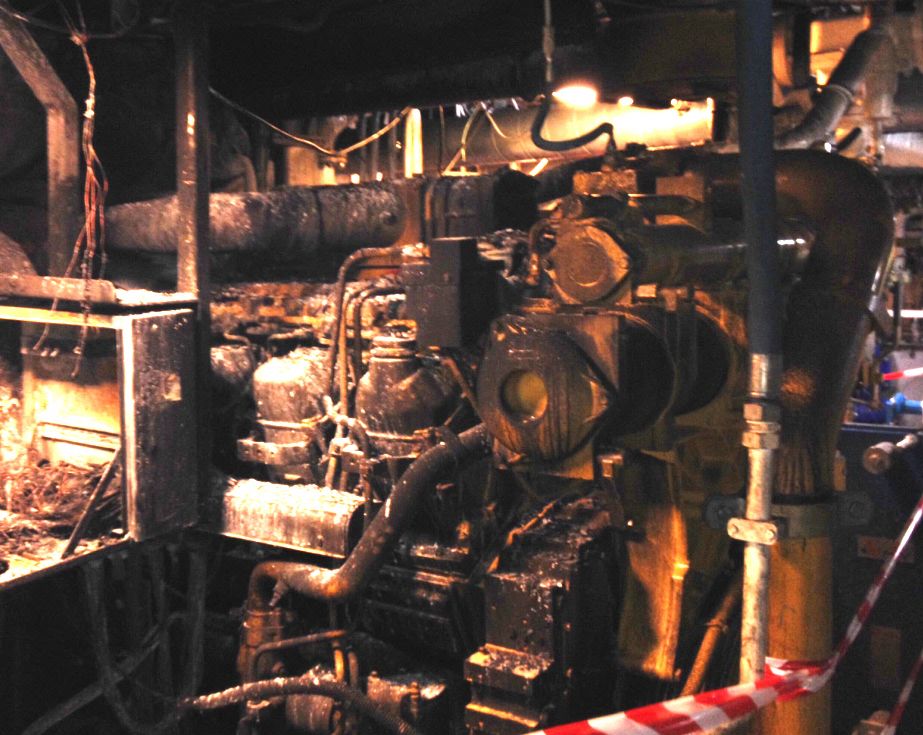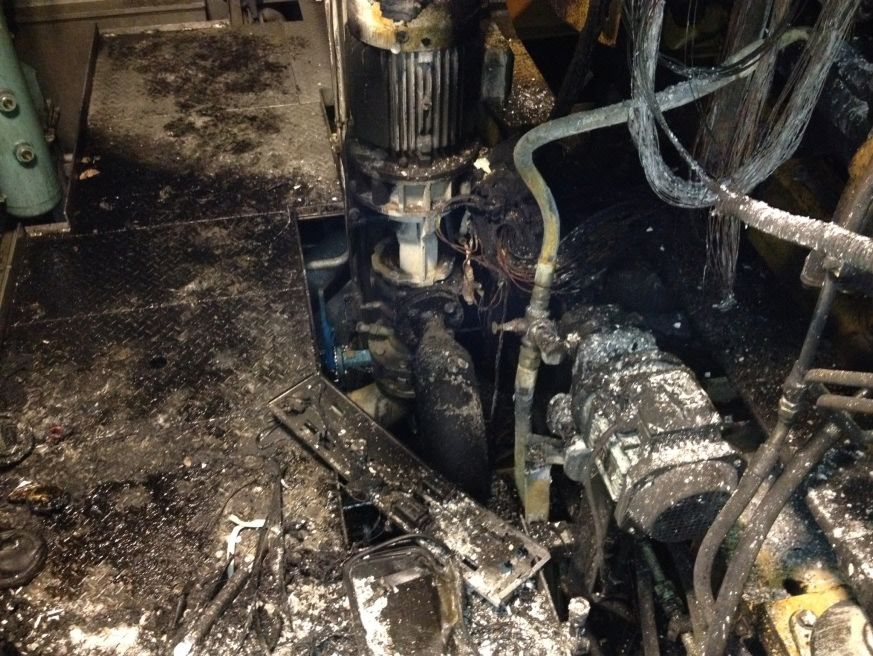Write A Report On How To Handle A Fire In
The text discusses various aspects of engine room fires, including how they can occur, how to contain and extinguish them, and how to prevent them. An engine room fire incident is described in which a generator failed and caught fire, leading to the evacuation of the engine room. The importance of promptly removing fuel sources in case of a fire is emphasized. Multiple options for detecting and suppressing fires are also mentioned. Overall, the text highlights the serious threat of engine room fires and stresses the importance of proper safety measures to prevent and handle them.
Handling a fire in the engine room due to a generator malfunction is a critical emergency situation that requires swift and decisive action to ensure the safety of the vessel and its crew. The following report outlines the procedures for managing such an incident effectively:
-
Immediate Response:
- Upon discovering a fire in the engine room, activate the fire alarm system to alert all crew members on board.
- Notify the bridge for immediate coordination of response efforts.
-
Evacuation and Isolation:
- Initiate the engine room fire response plan, which includes evacuating non-essential personnel from the area to the designated muster station.
- Isolate the affected area by closing all fire-rated doors and dampers to prevent the spread of fire and smoke.
-
Suppression and Extinguishment:
- Utilize the appropriate fire extinguishing system, such as CO2 flooding or other suitable agents, to suppress the fire in the generator area.
- If the fire is small and can be contained, use portable fire extinguishers (CO2, dry chemical, or foam) to attempt to extinguish the flames, while prioritizing crew safety.
-
Shutdown and Isolation of Fuel and Power Sources:
- Immediately shut down the fuel supply to the generator to prevent further fuel contribution to the fire.
- Isolate the generator from the electrical power supply to prevent electrical arcing or short circuits.
-
Continuous Monitoring:
- Ensure continuous monitoring of the affected area for re-ignition and potential hotspots.
- Maintain communication between the engine room and the bridge to coordinate the ongoing fire response efforts.
-
Post-Incident Actions:
- Investigate the root cause of the generator malfunction and subsequent fire.
- Conduct an inspection of the affected equipment and surrounding areas to assess the extent of damage and identify necessary repairs.
Preventive measures, such as regular inspection and maintenance of generators, ensuring adequate ventilation in the engine room, and conducting crew training in fire response procedures, are crucial to reducing the risk of engine room fires.
In conclusion, the handling of a fire in the engine room due to a generator malfunction demands a systematic, well-coordinated response that prioritizes crew safety, fire suppression, and preventive measures. Training, preparedness, and adherence to established procedures play pivotal roles in effectively managing such emergencies.
If you need further information or additional details on specific aspects of engine room fire handling, please do not hesitate to reach out.
Work fast from anywhere
Stay up to date and move work forward with BrutusAI on macOS/iOS/web & android. Download the app today.


